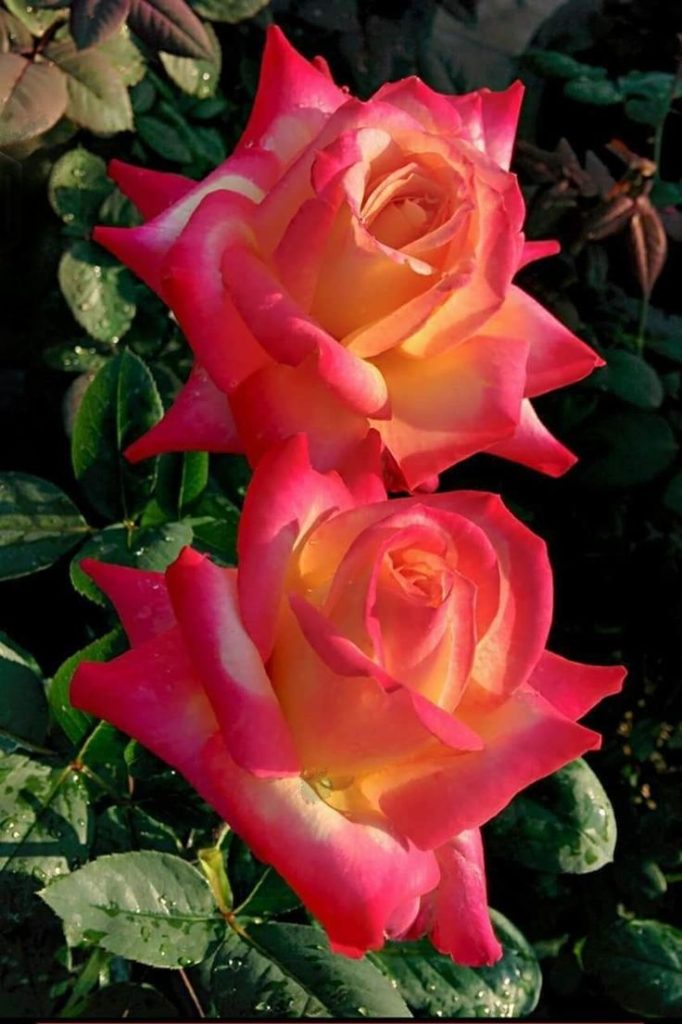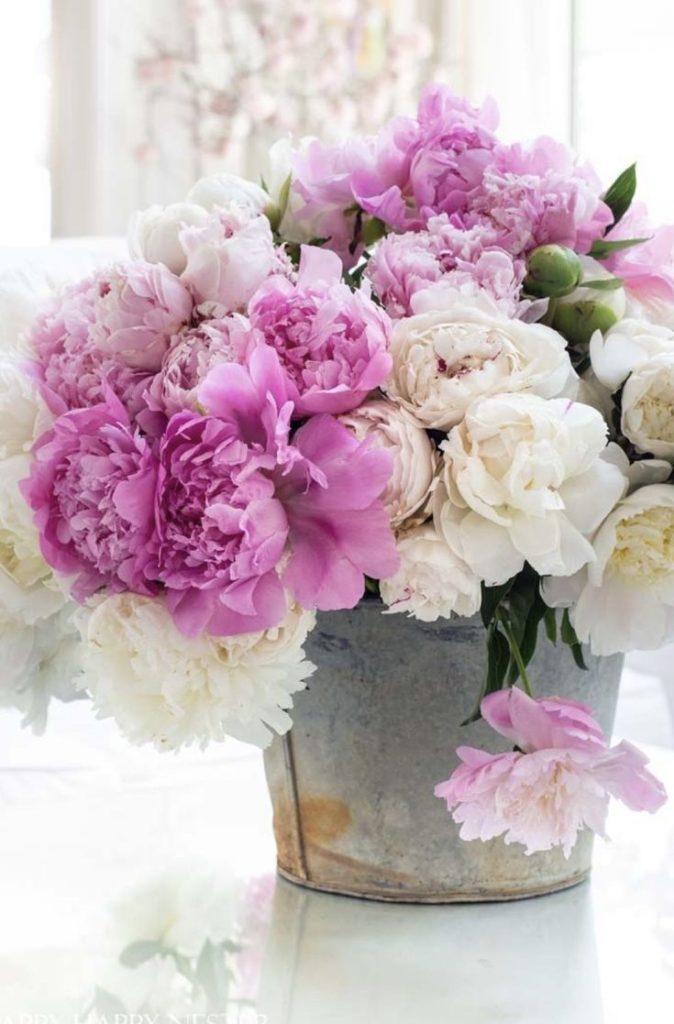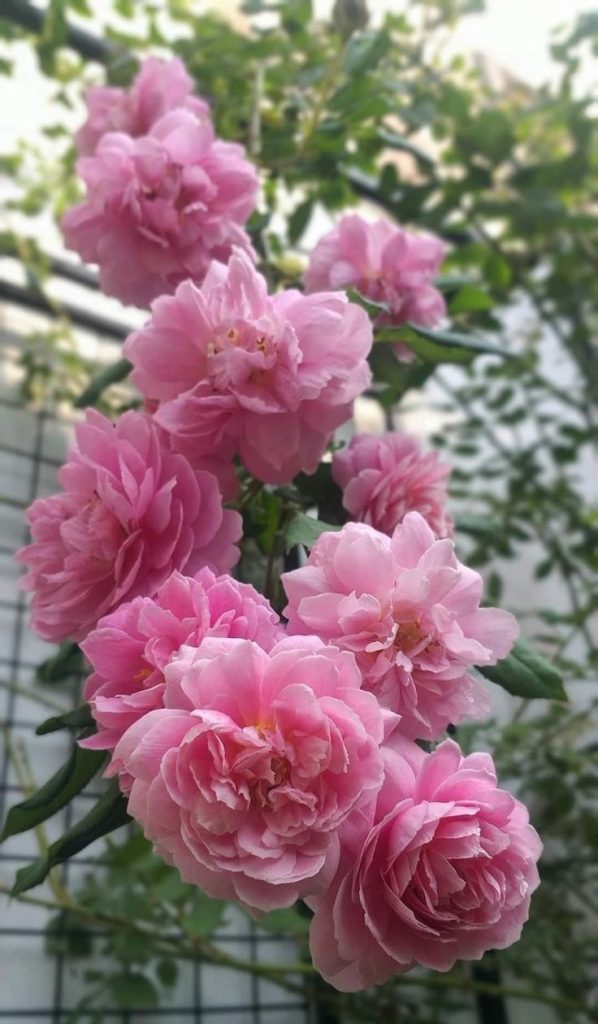Transform your outdoor space into a sustainable oasis with the beauty and functionality of a rain garden. Designed to capture and filter stormwater runoff from roofs, driveways, and other hard surfaces, rain gardens offer an eco-friendly solution for managing water runoff while enhancing biodiversity, attracting beneficial wildlife, and adding aesthetic appeal to your landscape. In this comprehensive guide, we’ll explore the benefits of rain gardens, discuss key design principles, and provide practical tips for establishing your own rain garden to effectively manage stormwater runoff and promote environmental conservation.














Understanding Rain Gardens
- Purpose: Rain gardens are shallow, bowl-shaped gardens designed to capture and absorb rainwater runoff from impervious surfaces, such as roofs, driveways, and sidewalks. By collecting and infiltrating stormwater on-site, rain gardens help reduce erosion, prevent water pollution, and recharge groundwater supplies.
- Benefits: In addition to managing stormwater runoff, rain gardens offer a range of environmental benefits, including improving water quality, reducing flooding and erosion, providing habitat for wildlife, and enhancing the aesthetic appeal of outdoor spaces. Rain gardens also help mitigate the urban heat island effect by promoting evapotranspiration and cooling the surrounding environment.
Designing Your Rain Garden
- Location: Choose a low-lying area in your yard where water naturally accumulates during rain events. Avoid siting rain gardens near building foundations or utility lines, and ensure adequate drainage away from structures to prevent water damage.
- Size and Shape: Determine the size and shape of your rain garden based on the amount of stormwater runoff it will need to capture and the available space in your yard. Ideally, rain gardens should be at least 100 square feet in size to effectively manage runoff from a typical residential roof.
Constructing Your Rain Garden
- Excavation: Dig a shallow depression in the selected area to create the basin of your rain garden, sloping the sides gently to promote water infiltration. Remove any existing turf or vegetation, and loosen the soil to improve infiltration rates.
- Amending Soil: Amend the soil in your rain garden with organic matter, such as compost or aged manure, to improve drainage and nutrient retention. Mix amendments into the native soil to a depth of 6-12 inches to create a healthy growing environment for rain garden plants.
Selecting Plants
- Native Plants: Choose a diverse selection of native plants adapted to your region’s climate and soil conditions. Native plants are well-suited to rain garden environments and require minimal maintenance once established. Select a mix of grasses, sedges, wildflowers, and shrubs to provide habitat for pollinators and other wildlife.
- Planting Layout: Arrange plants in your rain garden according to their moisture and sunlight requirements, with taller plants toward the center and shorter plants along the edges. Plant densely to minimize bare soil and maximize water absorption and filtration.
Maintaining Your Rain Garden
- Watering: Water newly planted rain garden plants regularly to establish root systems, especially during dry periods. Once established, rain garden plants typically require little to no supplemental watering, relying on natural rainfall to meet their moisture needs.
- Weeding: Remove weeds and invasive plants from your rain garden regularly to prevent them from competing with native plants for water, nutrients, and sunlight. Mulch around plants to suppress weeds and conserve soil moisture, using organic materials such as shredded bark or straw.
Conclusion
By establishing a rain garden in your yard, you can take proactive steps to manage stormwater runoff, protect water quality, and promote environmental sustainability. With careful planning and implementation, rain gardens offer a beautiful and functional solution for managing water runoff while enhancing the biodiversity and resilience of your landscape. So roll up your sleeves, dig in the dirt, and create your own rain garden—it’s a rewarding and impactful way to make a positive difference for the planet and your community.